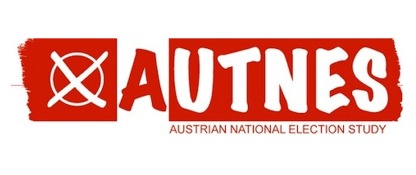In the first funding period, AUTNES comprised four project parts:
- The Demand Side: Voting Behavior
The AUTNES Demand Side team carried out two main tasks in the funding period 2009-2012:
First, the AUTNES Demand Side prepared and conducted the 2009 post-post election survey and made it freely available on our website for scholarly use. In their scientific work the Demand Side concentrated on explaining political participation, vote choice and party competition using in particular the data gathered in 2009.
Second, the AUTNES Demand Side developed the various survey instruments for the national elections which will take place in 2013. To prepare the instruments the Demand Side conducted several survey experiments, organized several rounds of expert reviews, conducted cognitive interviews and ran a quantitative pre-test on a probability sample of a 100 respondents. - The Supply Side: Party Records, Party Positions, and Candidates
The Supply Side of AUTNES had its focus on political parties and parliamentary candidates. In the first funding period (2009–2012), it has analyzed the parties’ programmatic offer and political personnel as well as their strategies and behavior in past elections. For this purpose, the research team has collected data on party behavior from past elections and developed new methods for the content analysis of party manifestos and other political texts (e.g. political statements of party leaders in the press).
In addition to conducting these content analyses, the Supply Side has worked with a survey of parliamentary candidates for the 2008 election. This survey provided data on the political background and prior career of the candidates, their campaign activities, and positions on policy issues. - The Media Side: Media Coverage and Effects
The focus of this project part was on the mass media and its role in linking the programmatic and personal supply of political parties to the demands of voters. The role of the media in the 2008 Austrian elections was examined based on an extensive content analysis of TV prime-time evening news and national newspapers. The project part’s researchers studied how the Austrian mass media portrayed, reflected and framed the 2008 campaign. Further research focused on the mutual interpenetration of mass media and political PR in the formation of generic news frames and the media’s effect on voters’ cognitive and behavioral engagement. - The Campaign Side: Electoral Campaigning
The major focus of this project part was on the short-term dynamics of the 2008 election campaign in Austria. The ‘Electoral Campaigning’ team examined the planning of parties’ campaign strategies and their dynamics in the unfolding campaign. To capture the different campaign strategies, various communication channels available to political parties were analyzed, including party press releases, election posters, newspaper advertisements, and websites. In order to provide a comprehensive account of these campaign communications, the project part’s researchers designed a number of new instruments for data collection and content analysis. In addition, in-depth interviews with leading campaign managers from all parties represented in the Austrian parliament were conducted.
These research efforts of all four project parts resulted in a number of publications, including papers that were presented at international conferences and published in peer-reviewed journals.
